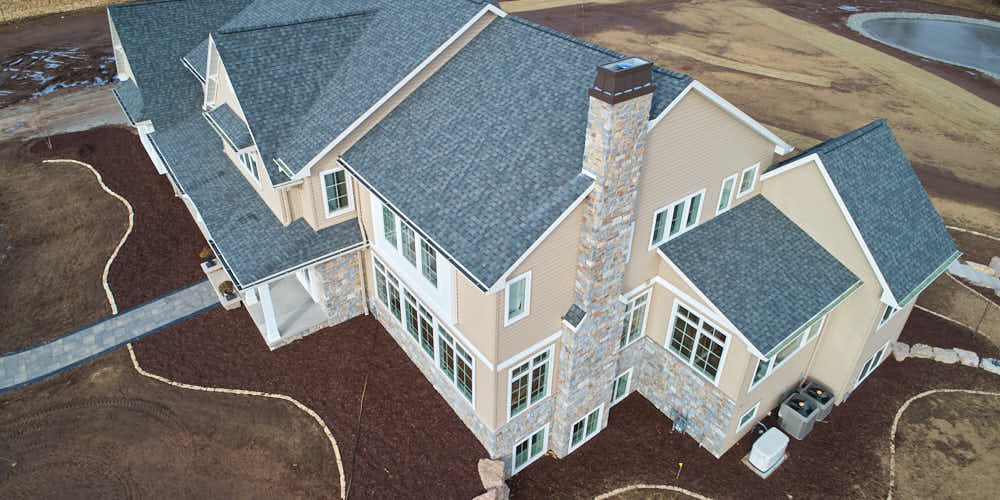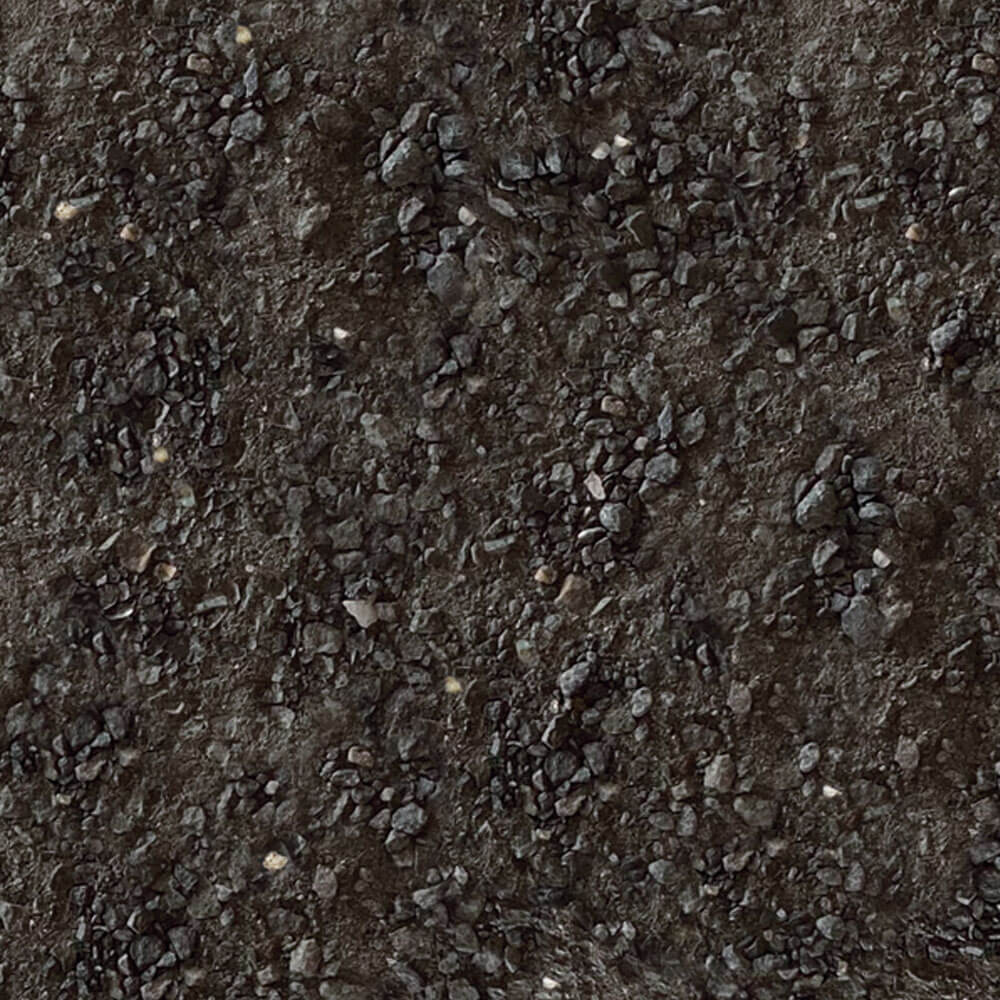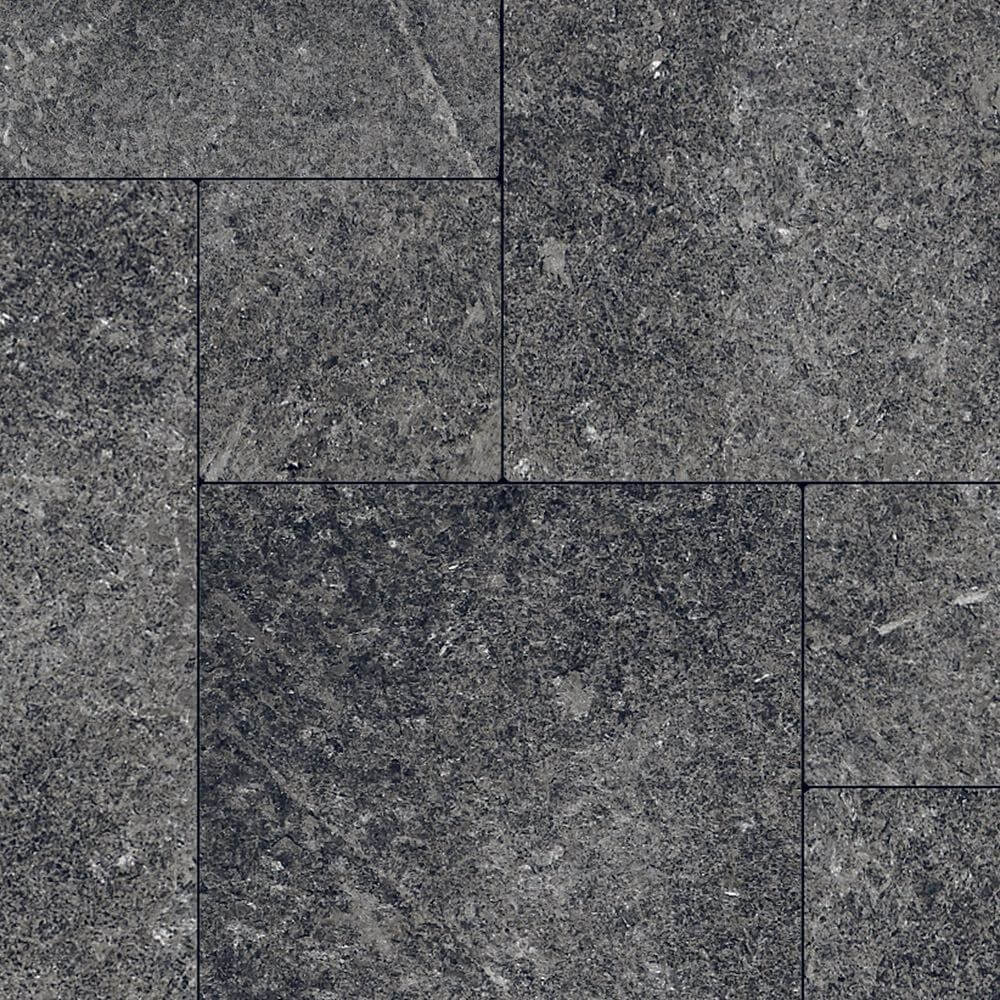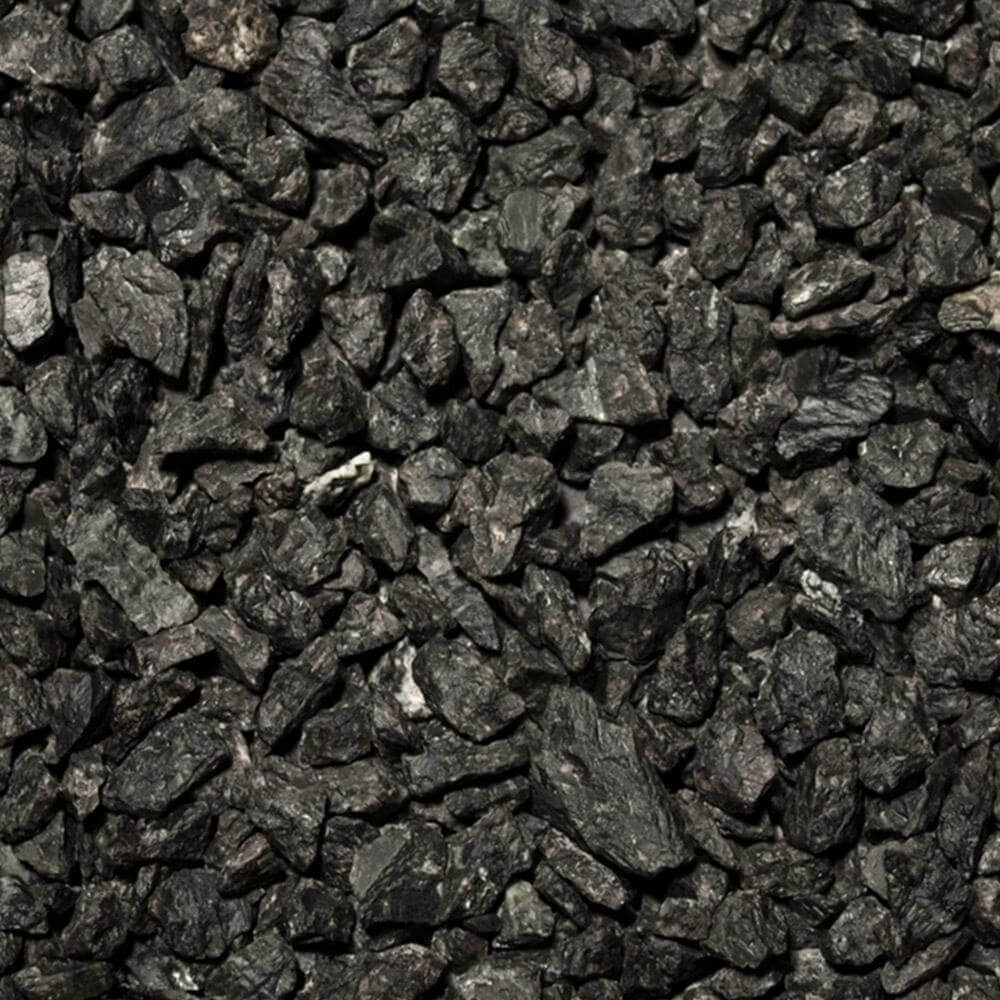The manufacturing process for creating thin stone veneer products has been around for some time, yet this versatile material is still a mystery to many. A few short years ago, Kafka Granite expanded our line of stone products to include thin stone veneers made from granite, quartz, and marble, in the classic Kafka colors that architects, designers, and builders have come to know and love.
Homeowners and designers alike are now discovering and benefiting from the unique properties of natural thin stone veneer. Here are a few fast facts you may not have known about this specialty building material.
1. Thin Stone Veneer Doesn’t Require Footing
One of the most significant advantages of thin stone veneer over full veneer is that the former can be installed without support ledges or footings. Why? It all comes down to weight. At less than 15 pounds per square foot, thin stone veneer can weigh up to 75% less than full veneer building stone. This makes installation significantly easier, but it also cuts down on shipping costs dramatically.
2. Natural Thin Stone Veneer Works for Interior and Exterior Projects
Natural thin stone veneer is prized for its versatility and durability. As we mentioned, its light weight cuts down on shipping and installation costs. And because natural stone retains its integrity as it weathers, natural thin stone veneer is an ideal choice for both interior and exterior projects. That means that anything from your kitchen backsplash to a building facade can be enhanced by the beauty of natural stone.
3. When Installed Correctly, It Looks Just Like Full Veneer Stone
Thin veneer ranges in thickness from ¾ inches to a maximum of 1½ inches. This is significantly thinner than full veneer building stone. You might wonder how this slimmer version could possibly compare to stone that is several inches thicker. In reality, thin stone veneer stands up quite nicely to its full counterpart. The two are both made of quarried stone, meaning that they’ll both retain their integrity and hold up as time passes. Because of its less expensive shipping and installation costs, thin stone veneer is the ideal choice for adding natural stone into non-structural projects. Some types of thin stone veneer are also available in corner-shaped masonry units, meaning that a project can be extended around corners while maintaining the illusion of full building stone.
4. Not All Thin Stone Veneer Is Created Equal
Thin stone veneer products can be made from natural stone, but they can also be made from manufactured stone. Artificial or man-made stone is made from materials like Portland cement and aggregates. Oxide colors and other chemicals are used to give these man-made materials the look of natural stone.
But while manufactured stone may look like natural stone during the installation process, the two won’t weather the same, particularly when used in exterior projects that are exposed to the elements. The chemicals in man-made stone are prone to fading over time. In contrast, natural thin stone veneer consists entirely of quarried rock—meaning that this material will retain its color and integrity as it weathers.
5. There’s a Right and a Wrong Mortar for Thin Stone Veneer
If you’re a homeowner, you may not be at all familiar with mortar—but there’s more than one type of mixture out there. Of the five official types of mortar, type N, S, and M are the most popular. However, you still need to make sure that you’re using the correct mortar for the type of product you’re working with. If you choose a mortar with a higher compressive strength than that of your building material, for example, your masonry units could crack over time. Kafka Granite recommends type N or S for use with our natural thin stone veneer.
6. Installing Natural Stone Veneer Calls for a Professional
While it is possible for homeowners to install thin stone veneer on their own, we do recommend hiring a professional stonemason to ensure that this specialty building product is properly applied. A knowledgeable professional will be familiar with the necessary conditions and pre-installation steps that need to be taken, as well as the artistry behind blending shape, color, and pattern for a stunning outcome.
With the proper surface preparations, natural thin stone veneer can be adhered to a wide variety of surfaces, including plywood, concrete, and metal—but the surface of exterior projects will first need to be waterproofed. Depending on the material of the surface that will be in contact with the thin stone veneer, your stonemason may also need to apply additional materials, such as a non-corrosive metal lath.
You might think following a DIY video or installation instructions online is all there is to creating a beautiful project with thin stone veneer, but even professional masons will get different outcomes with the same materials. Some simply have a better eye for arranging units than others. Because no two sections of natural thin stone veneer are the same, masons will have to meticulously fit pieces together, sometimes even altering them with a rock hammer or saw. Additionally, these professionals need to balance shape and color, whether by following a visible pattern or creating a more freeform mosaic. All of this is to say that you’re not just paying a professional stone mason for the labor—expertise and eye for design are also important factors.
Natural Stone Veneer From Kafka Granite
If you’re searching for a way to incorporate natural stone into your project, thin stone veneer offers an affordable, lightweight alternative to full veneer building stone. At Kafka Granite, we’re proud to offer a wide range of colors and cuts, ensuring that you find the perfect style of natural stone for your project. Contact us today to learn more about this specialty stone product.




